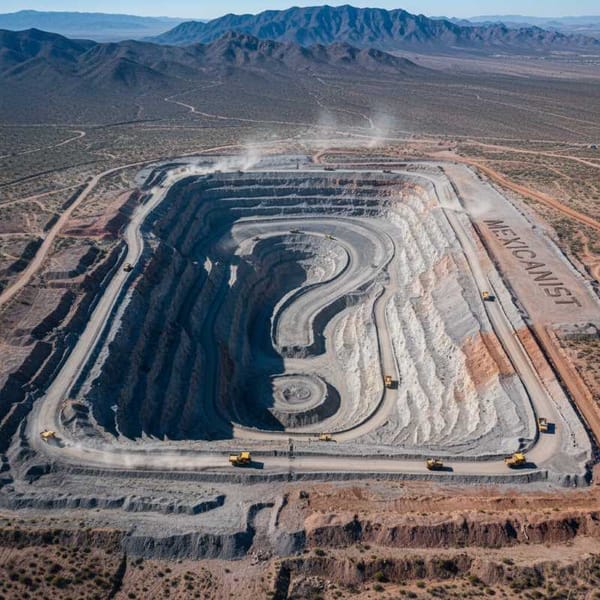Mexico Inflation Rate Eases Slightly to 3.67% in Early March
Mexico's annual inflation eased slightly to 3.67% in early March, down from 3.74%. Core inflation also moderated to 3.56%. Despite the dip, both figures remain above the central bank's 3% target, with year-end core inflation expectations rising.

Mexico's annual inflation rate registered a slight moderation in the first half of March, offering a degree of respite but underscoring the persistent challenge facing the central bank as price pressures remain elevated.
Headline inflation eased to 3.67 per cent year-on-year, down from 3.74 per cent recorded at the end of February, according to data released Monday by the national statistics agency, Inegi. While the figure marks a deceleration and is the lowest rate since the latter half of January (3.48 per cent, according to Grupo Financiero Base), it remains stubbornly above the Banco de México's (Banxico) official 3 per cent target, plus or minus one percentage point.
The closely watched core inflation index, which strips out volatile food and energy prices and is considered a better gauge of underlying price pressures by Banxico, also showed signs of easing, albeit modestly. The core rate slowed to 3.56 per cent on an annual basis, its lowest level since the second half of May 2020. On a fortnightly basis, core prices rose 0.24 per cent.
Within the core index, goods inflation registered an annual rate of 2.92 per cent (up 0.25 per cent fortnightly), while services inflation proved stickier, rising 4.25 per cent year-on-year (up 0.22 per cent fortnightly).
Non-core inflation, encompassing more volatile items, stood at 3.89 per cent year-on-year. This component saw contrasting movements during the first half of March: prices for government-administered energy and tariffs fell 0.41 per cent compared to the previous fortnight, providing some downward pressure, although they remain up 2.96 per cent annually. Conversely, agricultural goods prices increased 0.09 per cent fortnightly and 4.22 per cent year-on-year.
Despite the overall slowdown in the headline rate, specific components exerted significant upward pressure during the fortnight. Inegi data highlighted sharp fortnightly price increases in air transport (6.09 per cent), tomatoes (10.45 per cent), and lemons (9.02 per cent). Beef prices also contributed with a 1.53 per cent rise, alongside increases in eating out establishments like loncherías and taquerías (0.24 per cent) and restaurants (0.37 per cent).
The slight easing in early March comes after inflation accelerated in the first half of February to 3.74 per cent, driven primarily by a rebound in non-core prices.
Market expectations, however, suggest lingering inflation concerns. A February survey of private sector economists conducted by Banxico indicated that expectations for year-end 2024 core inflation had risen for the second consecutive month, reaching 3.75 per cent. Expectations for headline inflation at the close of 2025 were revised slightly down to 3.71 per cent, representing the first decrease in this forecast since August 2023. The forecast for year-end 2026 general inflation remained stable at 3.70 per cent for the fourth month running, while core inflation expectations for that year edged up slightly to 3.63 per cent.
The persistence of inflation above the 3 per cent target, coupled with the recent uptick in core inflation expectations for the current year, is likely to keep Banxico maintaining a cautious monetary policy stance in the near term, despite the latest headline deceleration.




